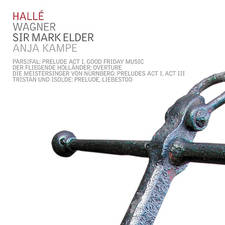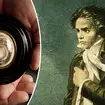Josephine Brunsvik (1779-1821): Beethoven's great love
Beethoven first met Josephine and her sister Therese when the two visited Vienna with their mother in 1799. Later that year Josephine married Count Joseph Deym, but was widowed five years later.
It is clear from 13 letters from Beethoven to Josephine - which only came to light after the second world war - that Beethoven was passionately in love with her in the period 1804-7, that he suggested they should have a physical relationship, and that she refused.
In 1804-5 he composed the song, An die Hoffnung [To Hope] Op 32, for her. He states in one of his letters to her that Prince Lichnowsky saw it lying on a table and surmised it was intended for her. Josephine was outraged, and berated Beethoven for his carelessness.
Josephine married Count Stackelberg in 1810, ending Beethoven's hopes. But the marriage was disastrous and the couple separated in 1813. Stackelberg took the couple's children back to Estonia with him, leaving Josephine distraught.
Josephine gave birth to a daughter, Minona, in 1813. It has been postulated that Minona was Beethoven's illegitimate child, that her name is Anonim - the child with no name - spelled backwards.
There is some evidence that Josephine put it about that Beethoven was the child's father, but this is almost certainly not the case -- since by now, with signs evident of Josephine's increasing mental instability, he was attempting to separate himself from her. Some Beethoven scholars believe Josephine was the Eternally Beloved. But there is no evidence she was in either Prague or Karlsbad in 1812.
Minona was only seven when her mother died, and outlived her by 76 years. She never married, and died in straitened circumstances in Vienna at the age of 83.


























